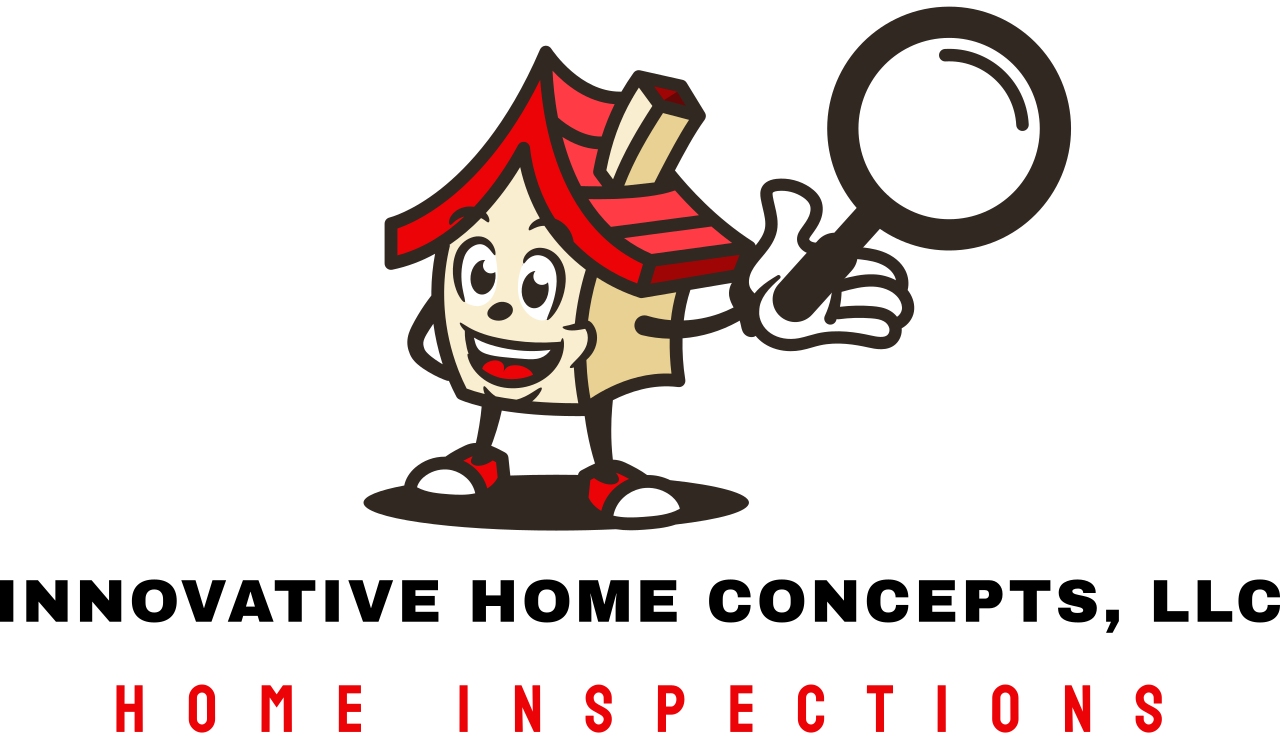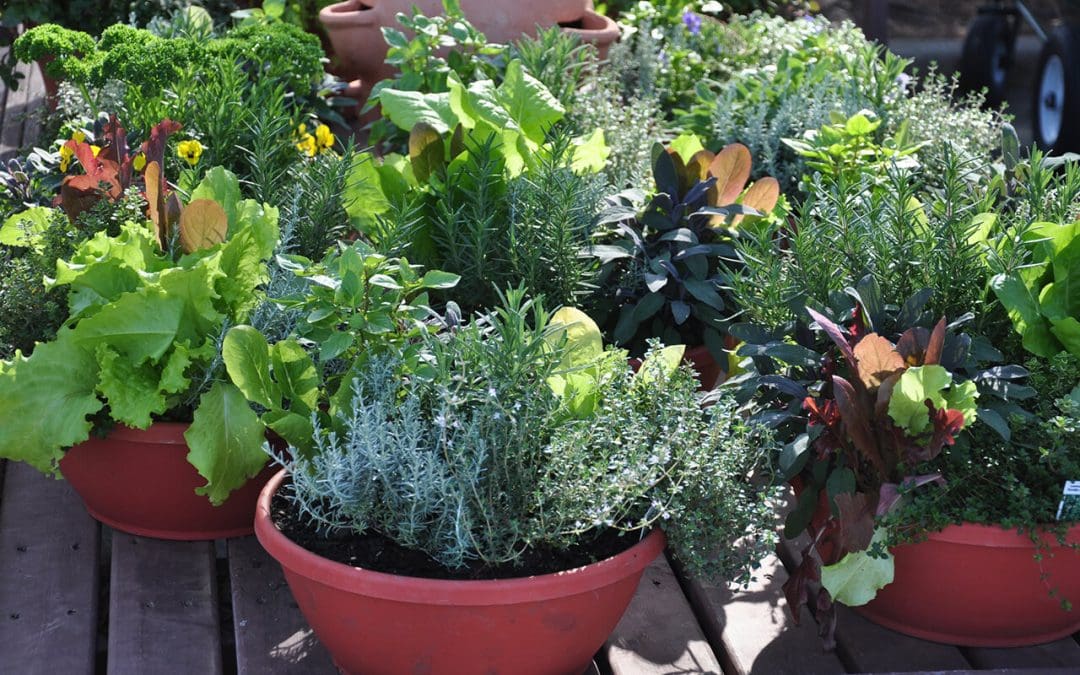Container gardening is a great way to grow plants in small or unconventional spaces. A balcony, patio, porch, or even a sunny windowsill can all be transformed into productive growing spots. With a few practical tips, you can grow healthy flowers, herbs, and even vegetables without needing a full backyard.
Start with the Right Container
The first step is picking the right container. Size matters more than you might think. A small pot dries out faster and restricts root growth, so go bigger if you’re unsure. Make sure your container has drainage holes. If water can’t drain, the roots will rot, and your plants won’t last long. You can use almost anything as a container—as long as it drains well and holds enough soil.
Choose Good Potting Soil When Container Gardening
Don’t just scoop up dirt from your yard and toss it in a pot. Container plants need light, well-draining soil. Potting mix is designed for this and usually contains peat, perlite, and compost to help keep everything airy and balanced. It holds moisture without staying soggy and gives roots the room they need to grow strong.
Pick the Right Plants for Your Space
It’s important to match your plant choices to your growing conditions. Some plants love full sun, while others prefer a bit of shade. Herbs like basil and rosemary enjoy a lot of sun, while ferns or impatiens do better in lower light. Check the tags or ask at a garden center if you’re not sure. Also, think about how much space each plant will need once it’s fully grown. Crowding too many into one pot can cause problems with airflow, water, and nutrients.
Don’t Overwater
One of the most common mistakes in container gardening is overwatering. It’s easy to do, especially in the beginning. Before you water, check if the top inch of soil feels dry. If it’s still damp, wait a bit. Over time, you’ll get a feel for how often your plants need water. Keep in mind that during hot weather, containers dry out faster and may need daily watering.
Feed Your Plants When Container Gardening
Since nutrients in potting mix eventually get used up or washed out, you’ll need to feed your plants regularly. A balanced liquid fertilizer every few weeks usually does the trick. Some potting soils come with slow-release fertilizer already mixed in, but it won’t last forever. Watch for signs like pale leaves or slow growth—that usually means they’re hungry.
Rotate and Re-pot When Needed
Plants in containers can become root-bound over time, which means the roots outgrow the space and start circling inside the pot. If you see roots growing out of the bottom of the plant and it seems stunted, it might be time to move it to a bigger container. Also, turning your pots every week or so helps plants grow evenly, especially if they’re only getting sun from one direction.
Container gardening can be as simple or as involved as you want it to be. Start with a few plants, give them the basics—good soil, the right light, regular watering, and a little food—and you’ll be off to a strong start.
Innovative Home Concepts provides home inspections in Charlotte and surrounding areas. Contact us to schedule an inspection today.

